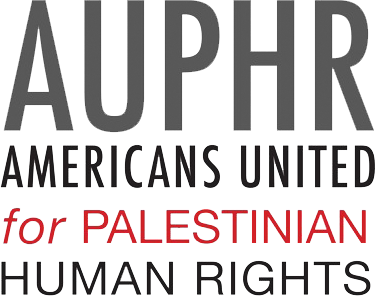- Details
- Written by Trevor Williams for Global Atlanta Trevor Williams for Global Atlanta
- Published: 04 February 2014 04 February 2014
- Hits: 5231 5231
President's Israel Trip to Spur New Programs for Kennesaw
Whose land is it? "As I always said when I was teaching a class, it
depends on when you want to start and it depends on when you want to
stop," he said.
Trevor Williams
08.08.13
Is it more productive to meet a prime minister or a pollster?
For understanding a conflict, surprisingly, the latter might have been the better choice, Kennesaw State University President Daniel Papp said about a chance meeting on his "eye-opening" trip to Israel in July.
Of course, he may never know. Dr. Papp and seven of his peers were slated to meet with the presidents of Israel and the Palestinian Authority on July 3.
Egypt's military picked that same day to stage a coup, putting the always-tense region on even higher alert. The elected officials suddenly "had better things to do" than meet with leaders of American institutions, Dr. Papp told a small group of KSU backers at a breakfast briefing Aug. 7.
But the presidents' stand-in had a unique perspective.
Khalil Shikaki, a top Palestinian pollster, told the group his research shows that most people on both sides of the territorial conflict want to forget about it and move on; it\'s extremists making up 15-25 percent of each population who continue fueling the fire.
That was interesting on many levels to Dr. Papp, an expert in Russian foreign and defense policy heading up a university with one of the few doctoral programs in international conflict management.
In fact, discussions on geopolitics permeated the Project Interchange seminar, an annual program organized by the American Jewish Committee to help American university presidents understand Israel and the region better.
Dr. Papp put on his professor's cap during the briefing at the Georgian Club.
With a presentation mixing maps, charts and statistics with tourist photos, he showed that although Israel was around in biblical times, the modern state emerged 64 years ago (as of Aug. 7) as former British colonies were partitioned after the two world wars in the 20th century.
Whose land is it? "As I always said when I was teaching a class, it depends on when you want to start and it depends on when you want to stop," he said.
One thing that can't he argued: Israel is a melting pot of cultures. In addition to the various strands of Jews and Arabs, about one of eight Israelis hails from the former Soviet Union. The holy sites on the temple mount in Jerusalem illustrate the diversity of faiths rooted in the Abrahamic tradition.
"These are right on top of each other," he said of the western wall of Judaism's holy temple, the Church of the Holy Sepulchre and the Dome of the Rock mosque. "You can say that and say that and say that, but until you actually see it, you cannot - or at least I could not - fully appreciate it."
In the progressive coastal city of Tel Aviv, however, the group saw more sun worshippers than scholars of the Torah.
They also traveled to Haifa to visit the Technion, which Dr. Papp called the "Georgia Tech of Israel."
He conceded that the Technion wasn't the best partner for Kennesaw but was hopeful that meetings at the Hebrew University of Jerusalem and Tel Aviv University would pave the way for formalized student and faculty exchanges. Although he didn't visit, he also cited Bar-Ilan University as a potential partner.
The trip also produced bonds among the American universities. After striking up a friendship with Portland State University President Wim Wiewel, Dr. Papp said a Kennesaw group would head to Oregon to study its community engagement strategies.
For more on the trip, click here. http://web.kennesaw.edu/news/stories/top-us-university-presidents-explore-innovation-and-bilateral-academic-opportunities-israel
